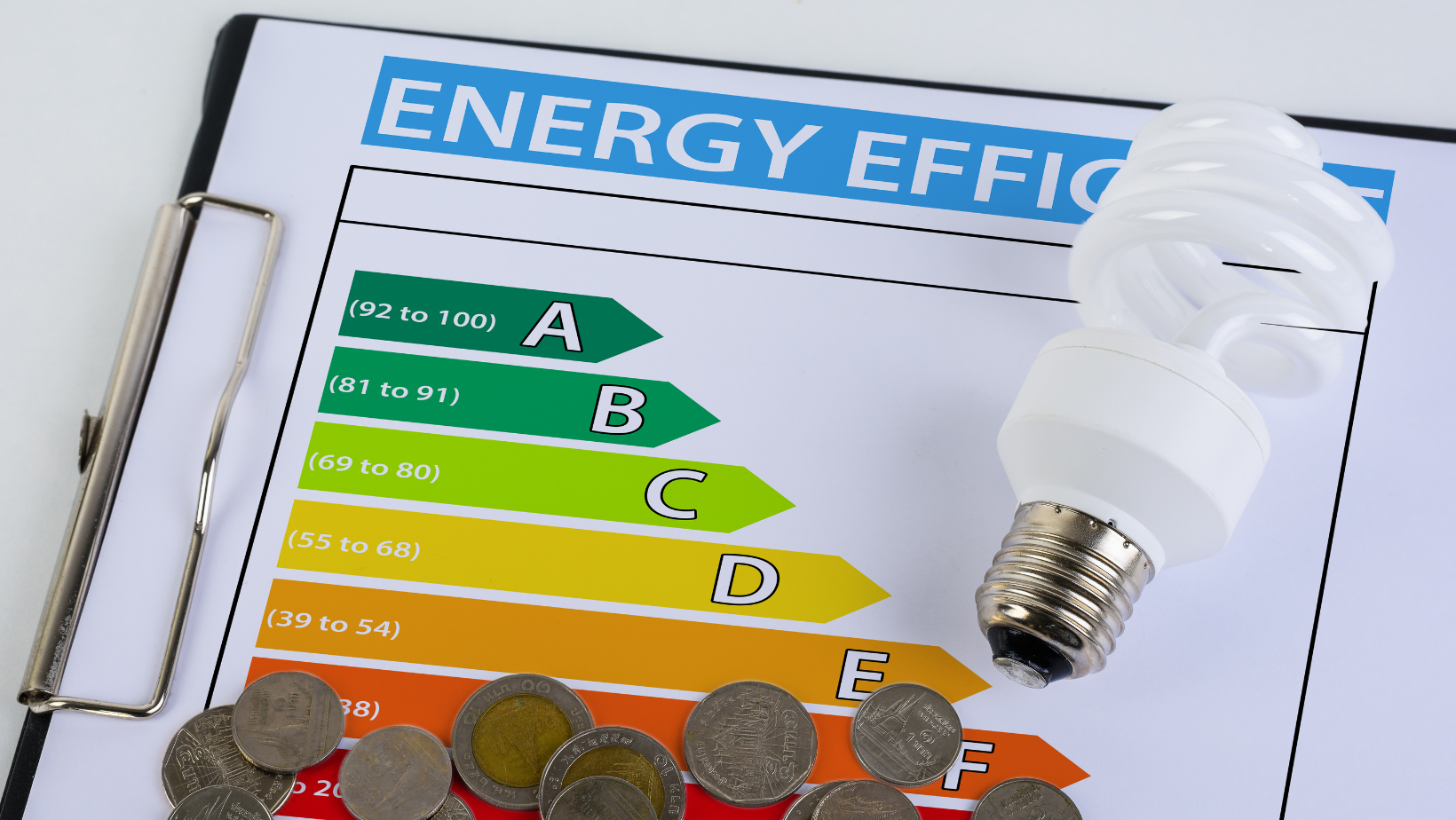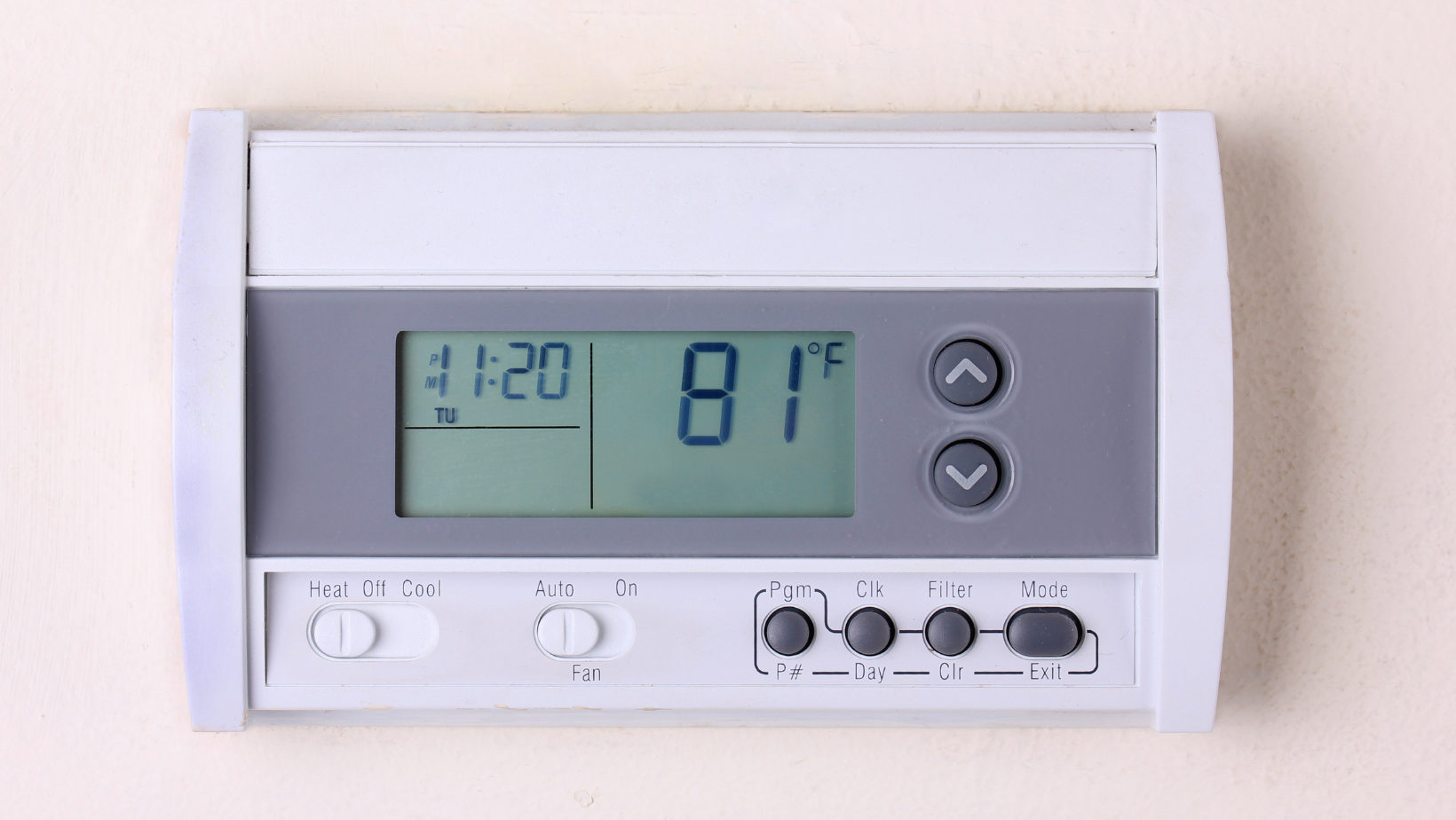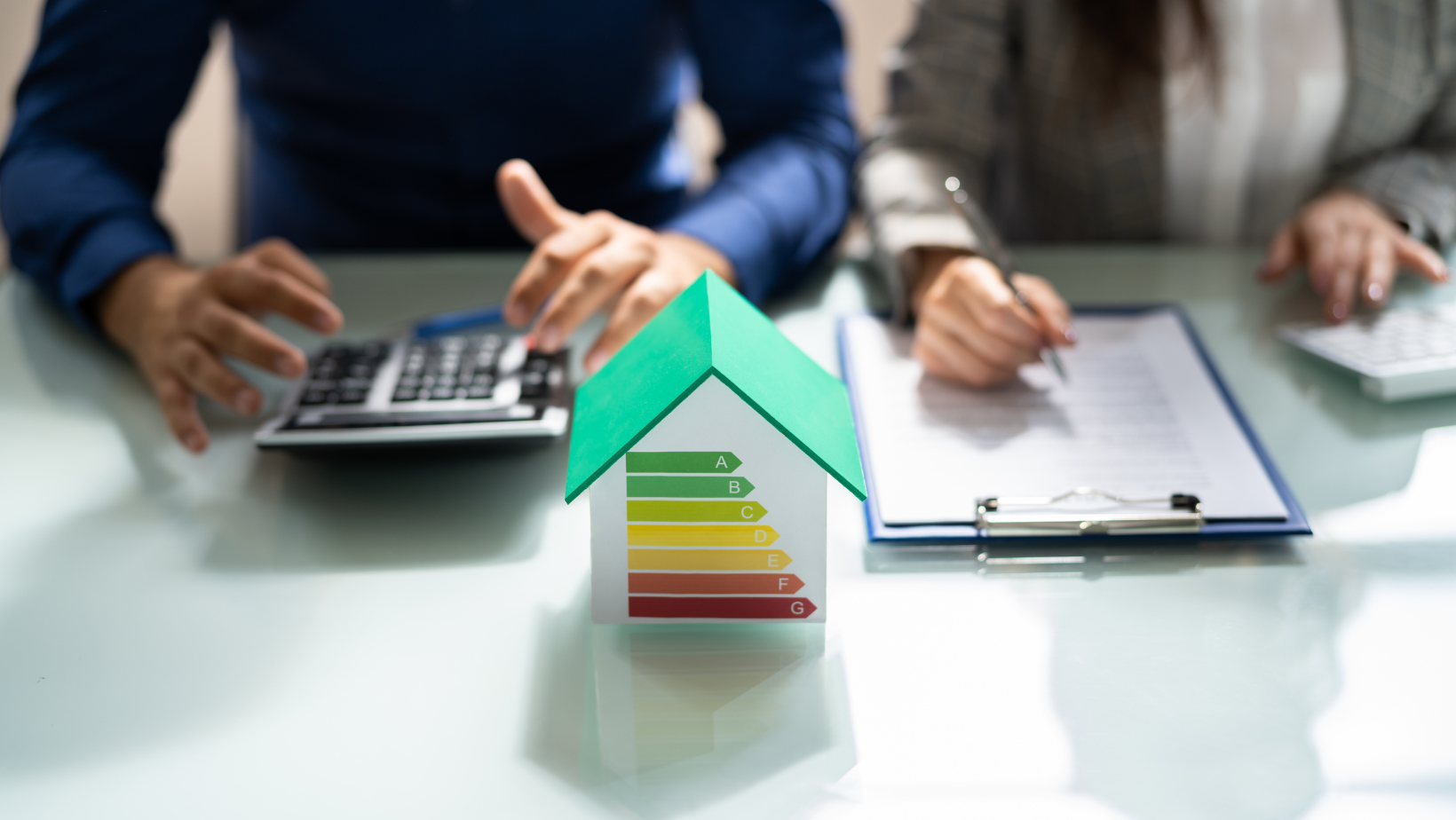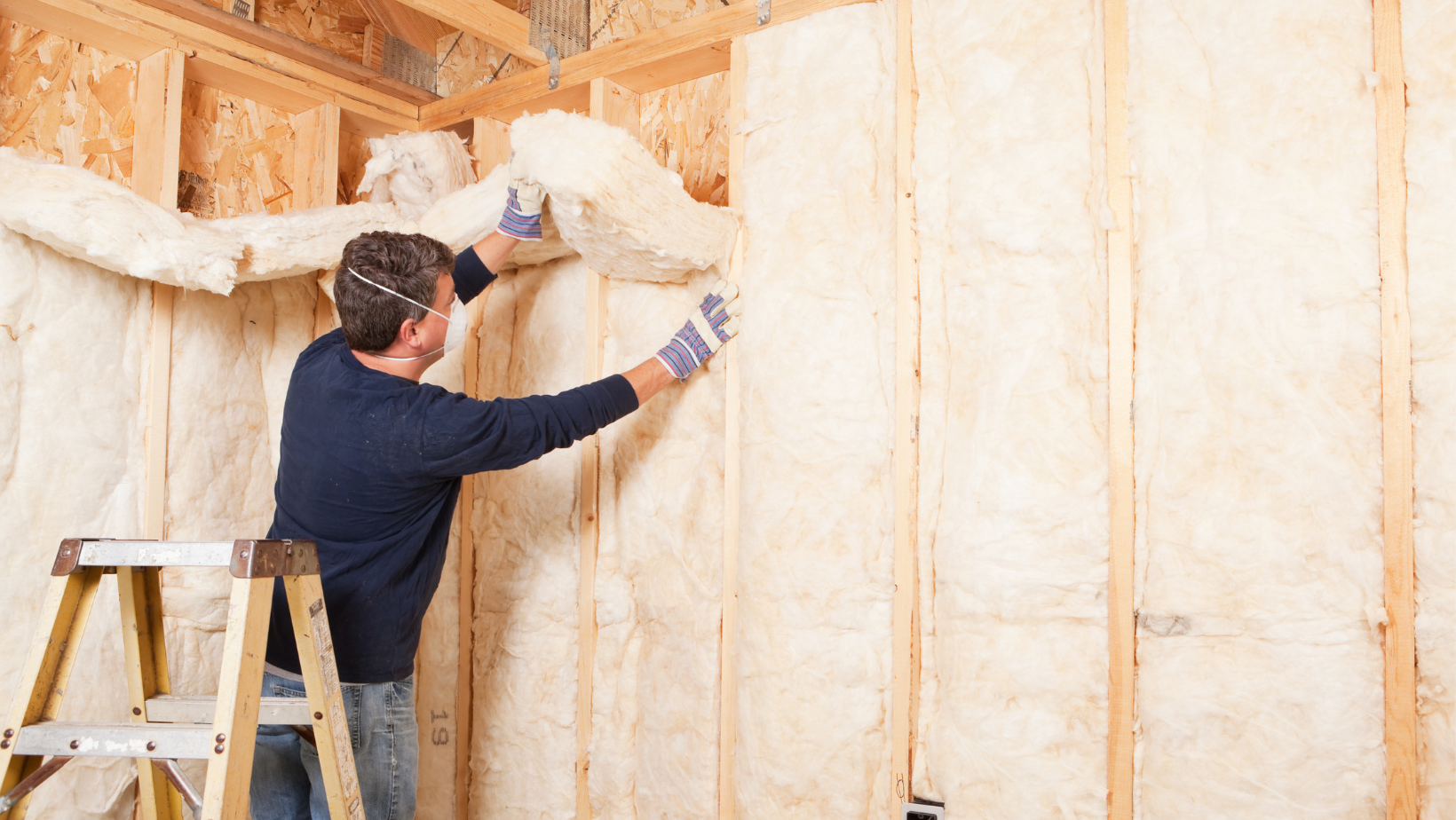
The world of energy efficiency has experienced a mind-blowing transformation in recent years, with an ever-increasing number of individuals, businesses, and communities awakening to the immense importance of preserving resources, reducing our carbon footprint, and nurturing a greener, healthier planet. As the pursuit of energy efficiency gains unstoppable momentum, the quest for even greater efficiency becomes a thrilling adventure filled with boundless innovation and endless possibilities.
Several options are available for improving energy efficiency, such as upgrading appliances and adopting renewable energy sources. By following these seven tips, energy consumption can be reduced, and money can be saved. Keep reading to learn more ways a company can save on energy efficiency.
What is Energy Efficiency?
Energy efficiency is the practice of using less energy to achieve the same level of functionality. It can also measure how much energy is required to produce a given output, such as a product or service. This measure has become increasingly important in recent years due to concerns over environmental sustainability and rising energy cost. Energy efficiency applies to all home areas, including lighting, heating and cooling, water usage, and appliances.
1. Use Energy-Efficient Light Bulbs
In today’s times, energy consumption and environmental impact are pressing concerns, and finding energy-efficient practices has become crucial. One simple and effective step towards this goal is to use energy-efficient light bulbs. Individuals can significantly save energy and carbon footprint by shifting to these energy-saving options. Not only do they provide the same level of illumination, but they also emit less heat, keeping the surroundings cooler. So, for residential or commercial spaces, switching to energy star-rated light bulbs is a bright and practical choice for our wallets and the planet.

Benefits of LED and CFL Bulbs
LED and CFL bulbs offer a range of benefits compared to traditional incandescent bulbs. Here are ten of the most notable advantages:
- Durable: LED and CFL bulbs are built with high-quality materials that make them much more durable than traditional incandescent bulbs. With a lifespan of up to 25 times longer, these energy-saving solutions offer reliable performance and require fewer replacements.
- Cost-Effective: Although the upfront cost of energy-efficient light bulbs may be slightly higher than traditional incandescent bulbs, they are far more cost-effective in the long run. LED and CFL bulbs consume much less energy than their counterparts, resulting in lower electricity bills and reduced maintenance costs due to their longer lifespan.
- Environmentally Friendly: LED and CFL bulbs are much more energy-efficient than traditional incandescent bulbs, which helps to reduce the global carbon footprint. Moreover, their mercury-free design makes them a safe and eco-friendly choice for home and commercial spaces.
2. Install Solar Panels

Installing solar panels is a highly effective method for improving energy efficiency in residential and commercial settings. Solar panels reduce reliance on conventional fossil-fuel power sources by converting sunlight into electricity. Additionally, they can greatly decrease energy costs and diminish greenhouse gas emissions by harnessing the sun’s power.
Solar panels are amazing. They provide clean, renewable energy. And guess what? They last a long time and don’t need much maintenance. Governments and utility providers are practically throwing money at you to install them. So not only are they environmentally friendly, they’re financially smart too. And here’s the best part, with all the cool new technology, solar panels are now super accessible and affordable. It’s time to tap into the sun’s power and boldly move toward a greener future.
Advantages of Solar Panels
Solar panels are revolutionizing the way we think about energy efficiency, and it’s not hard to see why. Here are some of the most notable advantages of solar panels:
- Cost-effective: Solar energy is free and renewable, significantly reducing electricity bills over time. Additionally, many governments offer incentives and rebates for homeowners and businesses who install solar panels.
- Increase property value: Installing solar panels can increase the value of your property, making it more appealing to potential buyers.
- Durable: Solar panels are designed to last decades, making them a great long-term investment. With minimal maintenance requirements and a warranty of up to 25 years, solar panels offer reliable performance and require fewer replacements.
- Low Maintenance: Unlike traditional heating and cooling system sources, solar panels require little maintenance. They can be cleaned with just water and a soft cloth, which makes them easy to maintain.
- Reduce Carbon Footprint: Solar panels are clean, renewable energy sources that help reduce greenhouse gas emissions. Solar panels can help make the world greener by reducing our dependence on fossil-fuel power sources.
- Increase Energy Security: Solar panels offer energy security, as they don’t rely on external power sources like coal and natural gas. This means solar energy will remain available even when traditional power sources fail.
3. Utilize Programmable Thermostats

Increasing energy efficiency has become a top priority for many homeowners in a world dominated by ever-increasing utility bills and a growing environmental concern. One effective solution lies in the power of programmable thermostats. By intelligently adjusting temperature settings to match your daily routine and preferences, these devices can significantly reduce energy usage and save you money in the long run.
Setting a schedule that aligns with your lifestyle is important to make the most of your programmable thermostat. During cooler months, when the temptation to crank up the heat prevails, consider lowering the thermostat while your home is unoccupied and gradually increasing it before you return. This simple adjustment can lead to substantial energy savings.
When purchasing a programmable thermostat, several reliable options exist on the market. Brands like Google Nest and Ecobee offer advanced features like filter replacement indicators and HVAC system problem alerts. These smart devices keep your home at the ideal temperature and actively monitor the health of your heating and cooling systems.
By setting a schedule on your programmable thermostat and investing in a quality device, you can significantly impact your energy bills and reduce your carbon footprint. So, start taking control of your energy usage today and embrace the power of programmable thermostats. Your wallet and the planet will thank you.
Types of Programmable Thermostats Available on the Market
Programmable thermostats offer a convenient and cost-effective way to increase energy efficiency and save money on utility bills. With various available options, finding the right programmable thermostat for your home can be a breeze. Some of the most common types of programmable thermostats include:
- Basic Programmable Thermostats: These are the most basic type of thermostats, typically offering a 7-day or 5-2 setting, which allows you to set different temperatures for weekdays and weekends.
- Wi-Fi Programmable Thermostats: Wi-Fi thermostats offer advanced features like remote access and voice control, allowing you to control your thermostat from anywhere using a compatible device. It also comes with mobile apps, allowing you to easily adjust settings or view your energy usage from your phone.
- Smart Programmable Thermostats: Smart thermostats are the most advanced type of programmable thermostats, offering features like temperature sensing and smart home integration. This lets you control your thermostat from Amazon Echo and Google Home devices.
Advantages of using Programmable Thermostats
Programmable thermostats offer several advantages. Here are some of the most notable benefits:
- Increased energy efficiency: One of the primary benefits of using a programmable thermostat is increased energy efficiency. By intelligently adjusting temperature settings to match your lifestyle, these devices can significantly reduce energy usage and save you money in the long run.
- Greater comfort: Programmable thermostats also offer greater comfort. By allowing you to customize temperature settings to your preferences, these devices allow you to create the perfect balance between efficiency and comfort.
- Cost savings: Installing a programmable thermostat can lead to substantial cost savings over time. By maximizing energy efficiency and reducing utility bills, these devices can pay for themselves over time.
4. Perform an Energy Audit

An energy audit is crucial in increasing energy efficiency in any home or building. An energy audit helps identify areas where energy is being wasted and provides valuable insights into how to make improvements. A professional will assess insulation, appliances, lighting, and heating and cooling systems during an audit to determine their energy efficiency.
They may also examine energy bills and usage patterns to pinpoint areas of high energy consumption. Armed with this information, homeowners or businesses can make informed decisions about implementing energy-saving measures. From small changes like switching to energy-efficient light bulbs to larger investments like upgrading appliances or improving insulation, an energy audit provides a roadmap for reducing energy waste and saving money on energy bills. So, why not take the first step and schedule an energy audit today? After all, knowledge is power; in this case, it can lead to significant energy savings and a more environmentally friendly future.
Steps Involved in an Energy Audit
An energy audit is crucial in identifying ways to improve energy efficiency in your home or business. It involves a comprehensive assessment of your energy usage, exploring all areas where energy is consumed, wasted, or inefficiently utilized. So, what are the steps involved in conducting an energy audit?
- Evaluate Energy Usage: The first step in an energy audit is to evaluate your current energy usage. This involves examining your energy bills and understanding how much energy you use monthly or yearly.
- Identify High Energy Consumption: Next, the auditor will identify areas of high energy consumption by examining individual appliances, lighting fixtures, heating and cooling systems, windows, and other energy-consuming devices.
- Recommend Energy-Saving Measures: After identifying areas of high energy consumption, the auditor will recommend measures for improving energy efficiency. These may include simple fixes like switching to LED light bulbs or replacing old appliances with newer, more efficient models.
Advantages of Performing an Energy Audit
Performing an energy audit is a great way to improve energy efficiency in any home or business. Here are some of the advantages of conducting an energy audit:
- Save money: A comprehensive energy audit can provide valuable insights into where energy is wasted and how to improve. By making simple changes like installing a programmable thermostat or switching to LED light bulbs, you can save money on your energy bills in the long run.
- Environmental benefits: Energy efficiency also has significant environmental benefits. Reducing energy consumption can help reduce greenhouse gas emissions and contribute to a more sustainable future.
- Comfort: An energy audit can also provide insights into where your home or business may lose heat or air conditioning. This can help improve overall comfort levels and make a big difference in how comfortable you feel in your home or office.
- Increase awareness: An energy audit can also help to raise awareness about energy efficiency and its importance in reducing environmental impacts. By making this information accessible and understandable for everyone, they can be empowered to make informed decisions when it comes to their energy usage.
5. Upgrade Windows
Upgrading windows is one of the most effective ways to increase energy efficiency. By switching to energy-efficient windows designed to reduce heat loss or gain, you can save money on your energy bills and make your home more comfortable. These windows also offer other advantages; they can block out UV rays, reduce noise pollution, and even help regulate indoor temperature.
In addition, they are much more attractive than older single-pane windows, adding to the overall aesthetic of your home. Energy-efficient windows come in various shapes, sizes, and materials and can be customized to fit any style or budget. Switching to energy-efficient windows can help reduce your energy costs and improve the look and feel of your home.
Advantages of Energy-Efficient Windows
There are many advantages to energy-efficient windows, including:
- Energy efficiency: These windows help reduce energy consumption and save money on energy bills. They are designed to block heat from the sun, reduce air conditioning costs, and prevent heat from escaping during cold winter months.
- Comfort: By blocking out UV rays, energy-efficient windows can help keep your home cool in summer and warm in winter. They also block out noise pollution, making your home quieter and more comfortable.
- Aesthetics: Energy-efficient windows come in various styles and materials, so you can find a window that fits the look of any room in your home.
6. Install Insulations

Insulating your home is one of the most cost-effective ways to improve energy efficiency. Insulation helps keep heat in during colder and out during warmer months, reducing energy consumption and saving money on your energy bills. In addition, it can also help reduce noise pollution, providing a quieter and more comfortable atmosphere for your home.
Types of Insulation
Insulation is available in a variety of materials, including the following:
- Fiberglass: This material is made of thin fibers that form a blanket-like layer and is one of the most common types of insulation. It’s available in rolls, batts, or blankets and can be installed on walls, attics, floors, and ceilings.
- Cellulose: This insulation is made from recycled paper products and treated with fire retard ants. It’s most commonly used in attics and walls and can reduce business energy costs.
- Spray form: Spray foam insulation is sprayed into walls, floors, and ceilings, providing a tight seal that helps keep heat in or out.
Advantages of Installing Insulation
Insulations offer many advantages, including:
- Energy Savings: Insulation can help reduce energy consumption, lowering energy bills. It helps to keep warm air during colder months and cool air during hot weather. This can help you save money on your heating and cooling costs.
- Health Benefits: Insulating your home can also provide health benefits by improving air quality. The insulation helps to reduce dust and other pollutants, improving the air your family breathes.
- Comfort: Insulating your home can also help keep it at a more comfortable temperature. This can help make spending time in your home more enjoyable and reduce the need for additional heating and cooling systems.
7. Install Smart Technology

Transform your home into an energy-saving oasis by embracing cutting-edge thermostats and motion sensors. These ingenious devices seamlessly adjust your climate control systems, tailoring them precisely for comfort and slashing your energy bills. Watch as your carbon footprint shrinks and your wallet grows fatter with each energy-efficient choice you make. Smart technology can learn your preferences, such as when you turn on lights or open windows, and adjust the temperature to optimize your comfort and energy savings.
Advantages of Smart Technology
Smart technology offers many advantages, including:
- Energy Savings: Smart thermostats can decrease energy usage by automatically regulating heating and cooling systems based on personal requirements.
- Comfort: Smart technology can learn your preferences, such as when you turn on lights or open windows, and adjust the temperature to optimize your comfort.
- Convenience: Smart technology makes monitoring and controlling your home’s temperature easy with a mobile app or voice command.
Conclusion
Increasing energy efficiency requires both short-term and long-term solutions. Short-term solutions include installing energy-efficient windows, which can immediately reduce energy consumption. On the other hand, long-term solutions like insulation can save you money on energy bills in the long run. Following these seven steps can reduce energy consumption and save money.
